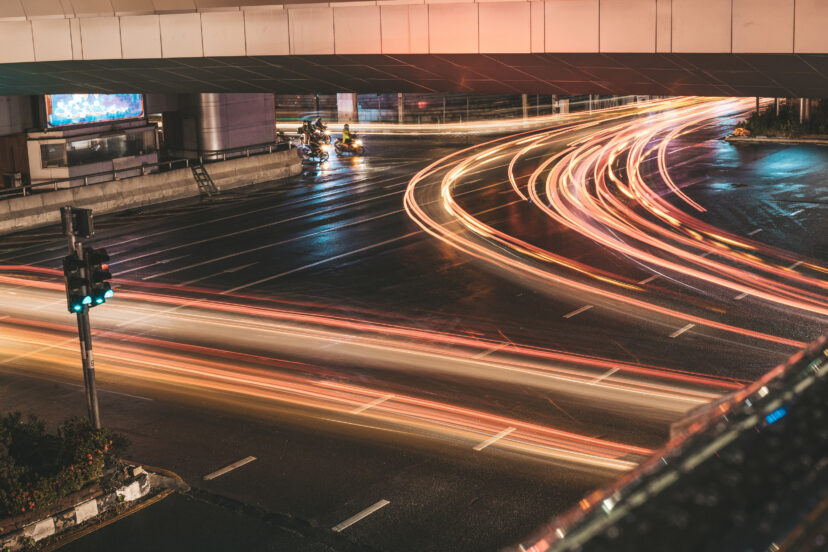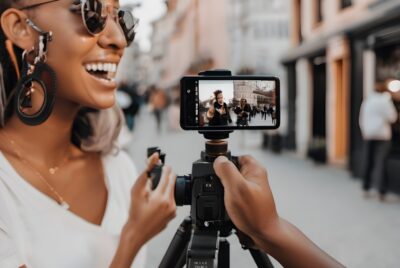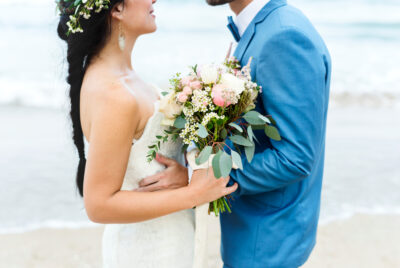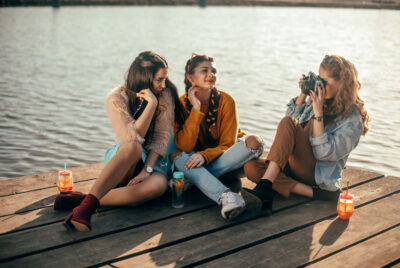Long Exposure Photography
When I first stumbled into long exposure photography, it felt like unlocking a magic trick. I could take a regular scene—like a beach or a city street—and make it look surreal, dreamy, and alive. If you’re curious about this fascinating technique, stick with me. I’ll walk you through everything from gear to post-processing.
What is Long Exposure Photography?
Long exposure photography is all about keeping your camera’s shutter open longer than usual to capture motion over time. Instead of freezing a split second, you’re collecting seconds—or even minutes—of movement into one image.
>> Full range & prices of camera kits HERE <<
Why Shoot Long Exposure?
So, why would you want to do this? Honestly, it’s one of the most creative tools in your photography toolkit.
Capturing Motion Creatively
Whether it’s flowing water, drifting clouds, or moving cars, long exposure turns motion into soft streaks or smooth textures. It’s like painting with time.
Enhancing Light and Color
Night cityscapes come alive with colorful light trails. You’ll start to notice how headlights, neon signs, and even starry skies can turn into vivid lines and patterns.
Creating Surreal and Dreamy Effects
The real magic? Long exposure makes everyday scenes feel like a dream. Water becomes silk. Crowds become ghosts. Clouds streak across the sky like a painting.
Essential Gear for Long Exposure Shots
You don’t need a fancy camera setup, but a few tools are essential to pull off clean, sharp long exposures.
Tripod
A tripod is non-negotiable. Since the shutter stays open for seconds (or longer), even the tiniest camera movement can ruin your shot.
Remote Shutter Release or Timer
To avoid camera shake, use a remote or set a 2-second timer. It’s a simple trick that makes a big difference.
ND Filters (Neutral Density Filters)
ND filters act like sunglasses for your lens, cutting down light so you can use longer shutter speeds even in daylight. Without one, you’ll overexpose everything under the sun—literally.
Best Camera Settings for Long Exposure
Let’s break down the three big settings: shutter speed, aperture, and ISO.
Shutter Speed
This is the star of the show. Depending on your subject, go for 1 second to several minutes. For silky waterfalls, 2–5 seconds works great. For star trails, you might need 20 minutes or longer.
Aperture
Use a small aperture (high f-number like f/11 or f/16) for deeper depth of field and to control the light entering the lens.
ISO
Keep your ISO low—100 or 200—to minimize digital noise during long exposures.
How to Focus in Low Light
Night shots can make focusing tricky. Here’s how to handle it.
Manual Focus
Switch to manual focus and use live view to zoom in on a light or edge to get sharp results.
Using Focus Assist Tools
Use your camera’s focus peaking or magnification tools if available. Some cameras also have night focus assist modes.
Choosing the Right Location and Time
Great long exposure photography starts with a bit of planning.
Night Scenes and Light Trails
City streets, highways, and even carnivals are perfect for capturing light trails and vibrant colors.
Waterfalls, Rivers, and Oceans
Long exposure smooths out water into a soft, silky surface. The effect is especially stunning at golden hour or on overcast days.
Cloudscapes and Star Trails
Clouds look awesome in long exposures as they streak across the sky. And on clear nights, you can capture mesmerizing star trails with long shutters and patience.
>> Full range & prices of camera kits HERE <<
Step-by-Step: Taking a Long Exposure Photo
-
Mount your camera on a tripod.
-
Compose your shot.
-
Switch to manual or bulb mode.
-
Attach an ND filter (if needed).
-
Set ISO to 100, aperture to f/11+, and choose a shutter speed.
-
Focus manually.
-
Use remote or timer to trigger the shot.
-
Review and adjust.
It’s as much trial and error as it is science—don’t sweat the first few tries.
Common Mistakes to Avoid
Even seasoned photographers run into these issues. Let’s avoid them from the start.
Camera Shake
Always use a sturdy tripod and remote trigger. Even leaning on the tripod can cause blur—hands off!
Overexposed Highlights
Too much light ruins long exposure shots. ND filters help, but so does watching your histogram.
Autofocus Issues
Autofocus often struggles in low light. Use manual focus and take test shots to confirm sharpness.
Creative Long Exposure Ideas
Once you’ve nailed the basics, try pushing your creativity with these techniques.
Light Painting
Use a flashlight or LED stick to draw in the frame during the exposure. It’s fun, and kids love seeing the results.
Ghost Effects with People
Have someone stand still for part of the exposure, then step away. They’ll appear semi-transparent—perfect for eerie or surreal portraits.
Zoom Burst Technique
Start with a zoom lens, and slowly zoom in or out during the exposure. It creates a dynamic, sci-fi-style blur that’s totally unique.
Post-Processing Long Exposure Shots
Editing is where the magic finishes. Here’s what to look out for.
Noise Reduction
Long exposures can be noisy, especially in the shadows. Use Lightroom or Photoshop to apply selective noise reduction.
Adjusting Highlights and Shadows
Long exposure shots can blow out highlights or hide details in shadows. Bring those back gently during editing.
Color Correction and Enhancement
Boost vibrancy and tweak white balance to match the scene’s mood. Don’t overdo it—let your creative vision guide you.
Tips for Improving Your Long Exposure Photography
-
Scout your location in daylight.
-
Keep spare batteries—long exposures drain power.
-
Use apps to track stars or tides.
-
Experiment with different shutter times.
-
Shoot in RAW for more editing flexibility.
Conclusion: Embrace the Blur
Long exposure photography isn’t just a technique—it’s a mindset. It teaches patience, planning, and perception. Whether you’re smoothing out waterfalls or chasing star trails, long exposures offer a new way to see the world—one second (or 60) at a time. So go out there, slow it down, and create something magical.
>> Full range & prices of camera kits HERE <<
FAQs
1. Can I do long exposure photography without an ND filter?
Yes, but only in low light. ND filters let you shoot long exposures during the day without overexposing.
2. What’s the best time of day for long exposure?
Golden hour, blue hour, or nighttime are perfect. But with ND filters, even noon sun is fair game.
3. Can I shoot long exposures with a smartphone?
Absolutely! Many newer phones offer long exposure or light trail modes. Tripod adapters help a lot.
4. How do I calculate the right shutter speed?
Use exposure apps like “ND Timer” or “PhotoPills” to calculate times when using ND filters.
5. Is long exposure only for landscapes?
Nope! You can use it creatively in urban settings, portraits, abstract shots, and even product photography.
Further reading
Check out our other relevant articles:
Double Exposure Photography: Unleashing Creativity and Capturing Magic
Macro Photography: A Beginner’s Guide to Capturing Tiny Wonders
.
Here are two educational resources that provide comprehensive guidance on long exposure photography, complementing the information presented in the article:
-
“Long Exposure Photography: A Step-By-Step Guide (+ Tips)” by Digital Photography School
This guide offers a detailed walkthrough of long exposure photography, covering essential gear, camera settings, and creative techniques. It provides practical tips and examples to help photographers capture stunning long exposure images. -
“8 Tips for Shooting Long Exposure Photography” by MasterClass
This article presents eight practical tips for mastering long exposure photography, including advice on using bulb mode, selecting appropriate scenes, and managing exposure times. It’s a valuable resource for both beginners and experienced photographers looking to refine their skills.
These resources align well with the article’s content, offering additional insights and practical advice to further your understanding of long exposure photography.




